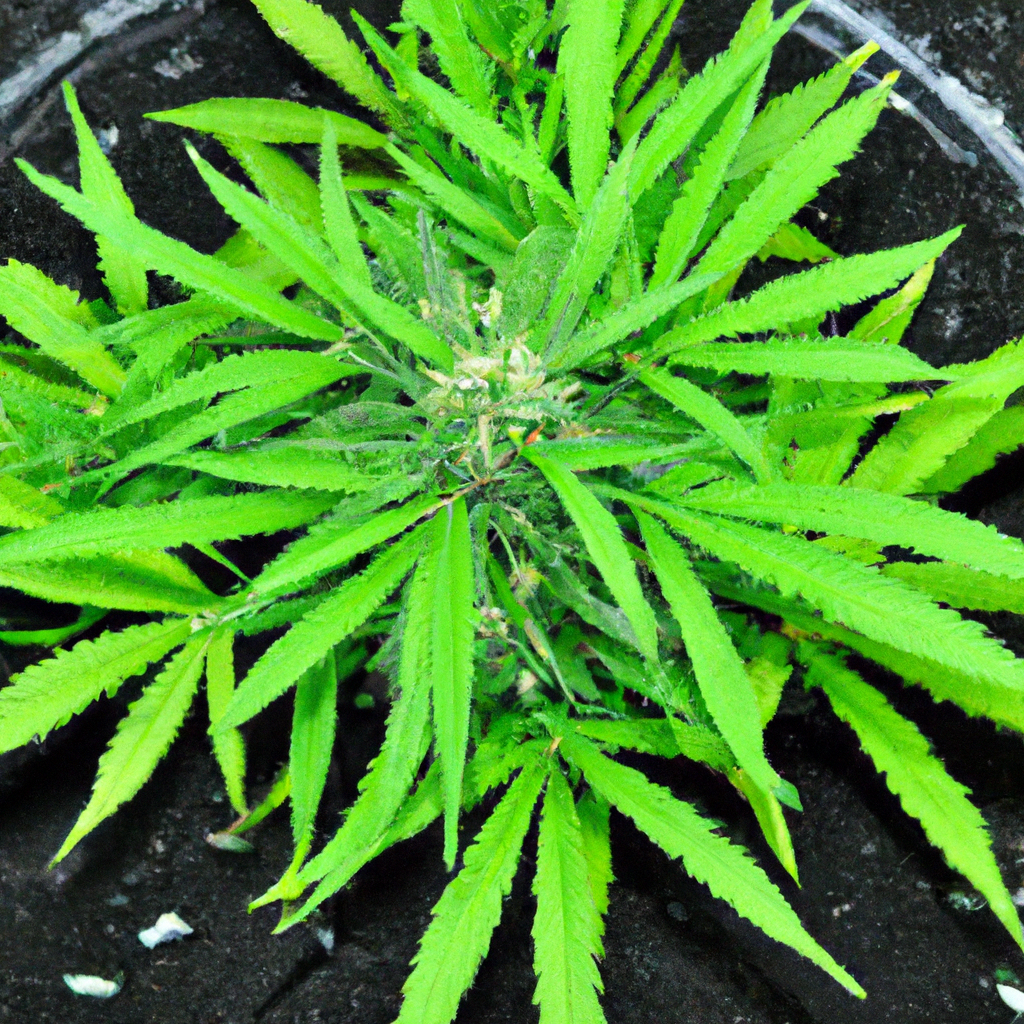Your cart is currently empty!
For those diving into the world of cannabis cultivation, the challenge of fertilization often arises as a key pillar to successful growth. With countless products and techniques available, understanding how to maximize the nutrient intake of your cannabis plants can drive you toward a bountiful harvest.
Why Fertilization Matters
Fertilization is the backbone of healthy cannabis growth. It involves providing your plants with essential macro and micronutrients that ensure robust development, from root formation to bud production. Without a balanced nutrient regimen, plants may be susceptible to deficiencies, leading to stunted growth or poor yield.
Essential Nutrients for Cannabis
The primary nutrients cannabis plants require are nitrogen (N), phosphorus (P), and potassium (K), commonly referred to as NPK. These elements are critical through different growth stages:
- Nitrogen (N): Vital during the vegetative stage for overall plant growth and foliage development.
- Phosphorus (P): Crucial for flower and root development, especially during the blooming phase.
- Potassium (K): Supports general plant health and stress resilience, enabling the plant to build strong stems and cope with potential environmental stressors.
Dynamic Nutrient Adjustment
One of the advanced techniques is to dynamically adjust nutrient levels according to the plant’s growth cycle. Here’s a straightforward approach:
- During seedling and early vegetative stages, maintain higher nitrogen levels to promote leafy growth.
- Transition to increased phosphorus and potassium as flowering approaches. This shift supports bud production and enhances terpene profiles, resulting in more aromatic and flavorful harvests.
Common Fertilization Challenges and Solutions
Nutrient Lockout
Nutrient lockout occurs when plants can’t access nutrients present in the soil or growing medium. This can result from incorrect pH levels in the soil or water. To prevent this, regularly monitor and maintain optimal pH levels using pH meters and adjust with appropriate solutions.
Over-fertilization or “Nutrient Burn”
Using excessive fertilizer can lead to nutrient burn, where leaf tips turn yellow or brown. The solution is to follow a balanced feeding schedule and consider using organic fertilizers which tend to be less concentrated yet effective.
Organic vs. Synthetic Fertilizers
Choosing between organic and synthetic fertilizers depends on your growing preferences:
- Organic Fertilizers: Derived from natural sources like compost, bone meal, and fish emulsion. These enhance soil health and microbial activity but may act slower compared to synthetic options.
- Synthetic Fertilizers: Formulated for quick absorption and often provide immediate results. However, they require careful management to avoid negative soil impact and potential nutrient buildup.
Conclusion
Mastering fertilization is critical for cultivating thriving cannabis plants. By understanding the science behind nutrients, dynamically adjusting feeding schedules, and overcoming common challenges, you set up your plants for success. Whether you choose organic or synthetic options, consistency and attentiveness to your plants’ needs will guide you toward a flourishing harvest.
Remember, a well-fed plant is a happy plant!
Tags: Cannabis Cultivation, Cultivation Tips, Nutrient Management
Discover more from Magic Clones
Subscribe to get the latest posts sent to your email.


Leave a Reply